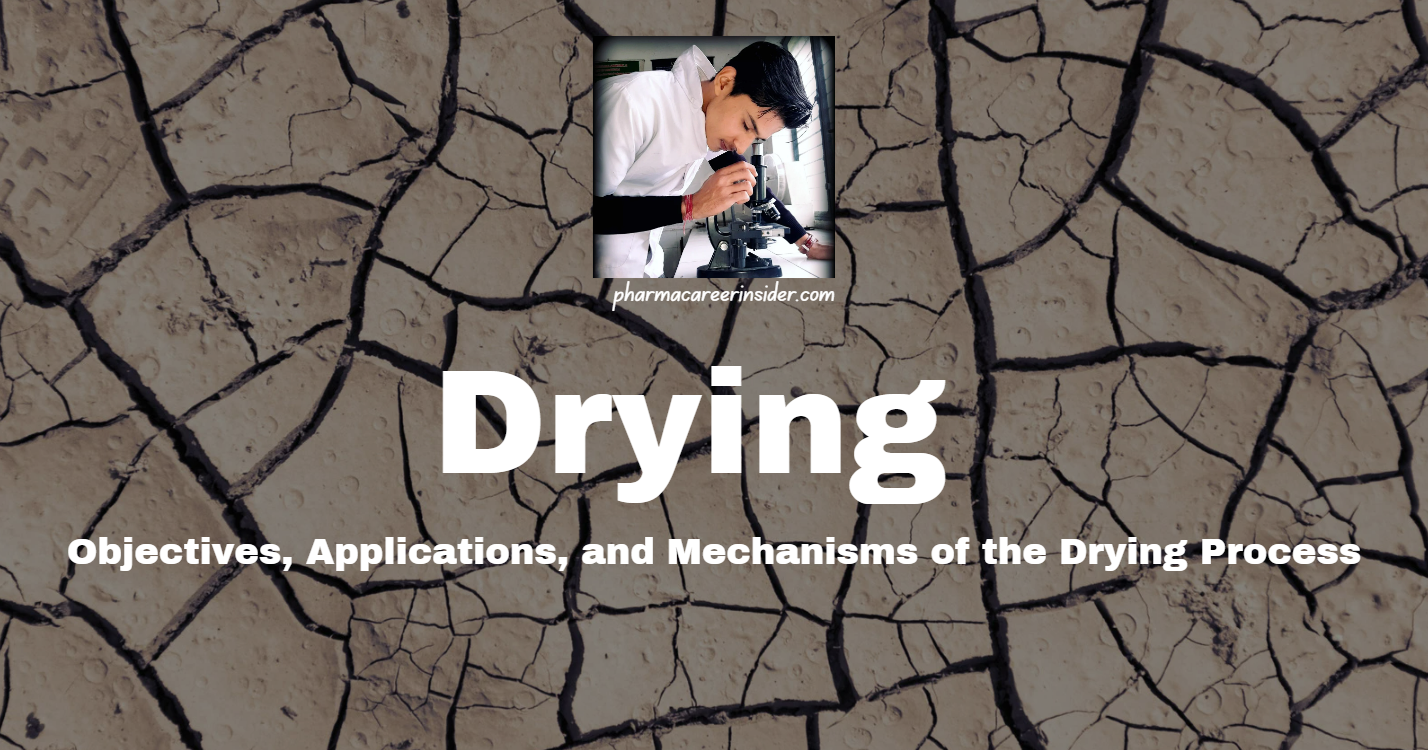Objectives of Drying
Drying is a common unit operation used to remove moisture from solids or liquids by evaporation. The objectives of drying can vary depending on the material being processed, but some general goals include:
1. Preservation: Drying is often employed to preserve food, pharmaceuticals, and other perishable goods by reducing water content, which inhibits the growth of microorganisms and prevents spoilage.
2. Enhanced Shelf Life: Removing moisture extends the shelf life of various products, ensuring they remain safe and suitable for consumption or use for an extended period.
3. Weight Reduction: Drying reduces the weight and volume of materials, making transportation, storage, and handling more efficient and cost-effective.
4. Improved Product Quality: Drying can enhance the quality of certain materials by preventing degradation and maintaining flavour, texture, and colour in food products, for example.
5. Powder Formation: In some cases, drying converts liquid materials into powders, facilitating easier handling, storage, and mixing.
Applications of Drying
Drying is a versatile process with applications in various industries. Some notable applications include:
1. Food Industry: Drying is extensively used for fruits, vegetables, grains, and meat to prevent spoilage and extend shelf life.
2. Pharmaceuticals: Many pharmaceutical products are sensitive to moisture, and drying is crucial for producing medicines and drugs.
3. Textiles: In the textile industry, drying removes moisture from fabrics after washing or dyeing.
4. Paper Industry: Drying is a critical step in the paper manufacturing process to remove water from the paper pulp.
5. Chemical Processing: Drying produces chemicals, polymers, and other industrial products.
6. Biotechnology: In biotechnological processes, drying preserves biological materials such as enzymes, vaccines, and cultures.
Mechanism of the Drying Process
The drying process involves the removal of moisture from a material through evaporation. The drying mechanism can be complex and depends on various factors, such as the type of material, the drying method used, and environmental conditions. However, the general principles include:
1. Mass Transfer: Moisture moves from the material’s interior to its surface, driven by a concentration gradient. This mass transfer can occur through diffusion, capillary action, or other mechanisms.
2. Heat Transfer: Heat application provides the energy needed to convert water from a liquid to a vapour state. Heat transfer can occur through conduction, convection, or radiation.
3. Airflow: Adequate airflow removes evaporated moisture from the material’s surface. This can be achieved through natural convection or forced convection using fans.
4. Humidity Control: Proper humidity levels in the drying environment are essential. This ensures a continuous concentration gradient, facilitating the efficient removal of moisture.
5. Drying Equipment: Different types of drying equipment, such as tray dryers, spray dryers, and fluidized bed dryers, utilize specific mechanisms to optimize the drying process for different materials.
Understanding the objectives, applications, and mechanisms of drying is essential for designing effective drying processes tailored to the specific needs of different industries and materials.

